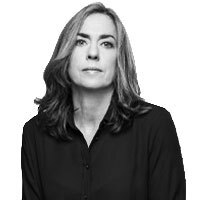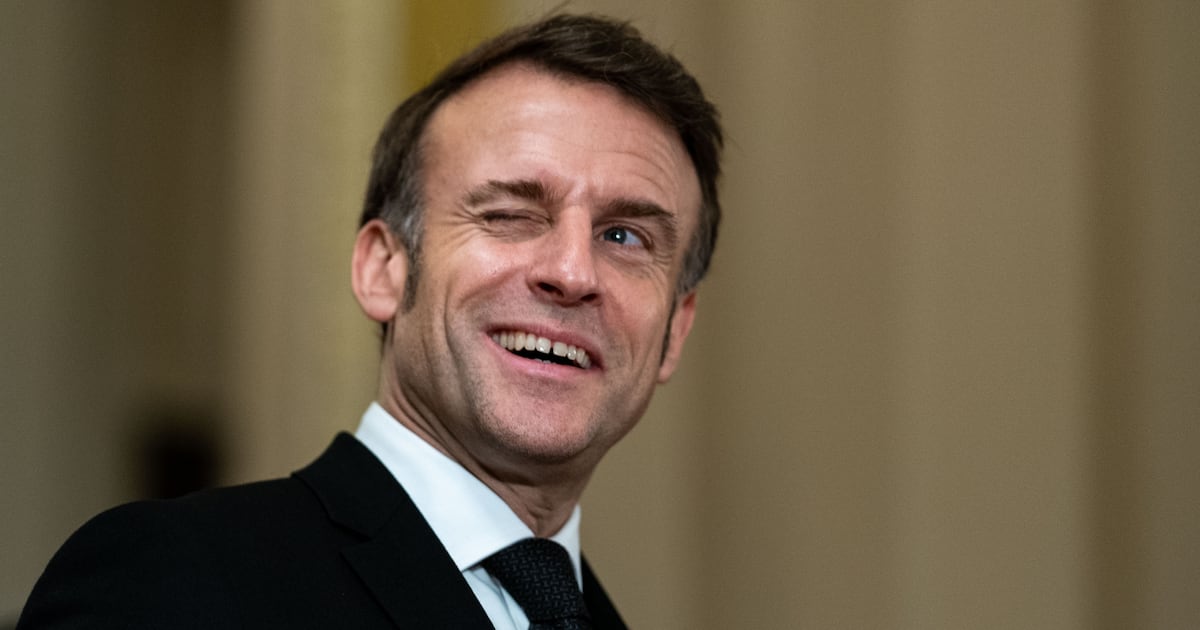Venice has never had an easy time with its cultural history. For centuries the lagoon city was an important trade hub between East and West, essentially importing spices and fabrics from the Middle East to distribute throughout Europe, filling the city’s coffers in the meantime. But the Venetians also readily took part in the Saracen Crusades, killing and condemning the very trade partners who made them rich. Now Venetians are struggling once again with their history thanks to the prospect of a new museum dedicated to Islamic art, slated to fill one of the empty 19th-century palaces next to the Rialto bridge on the city’s famous Grand Canal.
The museum was the brainchild of former Prime Minister Enrico Letta, who agreed to make “a commitment to explore the opportunity to build an Islamic museum in Venice" on a recent visit to Qatar. Italy has 1.2 million Muslim residents and 20,000 Italians who have converted to Islam from Catholicism. But Venetians are torn between whether they want a museum dedicated to Islamic art and culture in the city known best for its Catholic carnivale traditions, which kick off next week. Lorenzo Fontana, a European parliamentarian for the xenophobic Northern League party, which holds strong anti-Islam sentiments, said he and his party members will do whatever they can to stop any work to build the art space. “If they try to do this then we will camp out in front of the site day and night and obstruct the work,” he said after Letta’s visit. “We will sleep and eat there, they will have to take us away by force, and when they take us away, we’ll simply return. The Veneto wants independence, not Islamic museums.”
The museum, which the mayor of Venice, Giorgio Orsoni, says would be funded entirely by the Emir of Qatar, would bring in vital jobs both for the construction of the building and for the eventual study center that could be a hub for Islamic culture and religion in the area. Orsoni told The Daily Beast that building the museum in the Veneto, which is dominated by the Northern League, would show that the region is more open minded than most people think. “It would be zero cost to the Venetians,” he said. “And in exchange it would help establish dialogue between cultures and religions.”
Others in Venice agree. “It’s about time we are known for more than just day-trip tourism,” said Giuseppe Valoni, a waiter at the famous Florian café on St. Mark’s Square. “People who would come just to visit the Islam museum or study documents there would add a new dimension to the tourism here.” Venice is already home to a number of international organizations that bring highbrow visitors to the city, including the Museum of Oriental Arts, the Venice Biennale, and the Council of Europe Office, which hosts major Aspen Institute seminars here each year.
Some Venetians are willing to help fund the project. Local Venetian entrepreneur Alessandro Goppion, who worked on the Louvre’s highly-praised Islamic Art galleries, says Venice is ready for such an internationally-acclaimed museum and cultural center. “If we all agreed, I think the Venice museum could be ready in six to twelve months. Interested Arab states could finance the operation, but the cultural project would remain Venetian,” he told the local Venetian newspaper Il Gazzettino. Goppion says he would help planners curate the museum to offer the best art from across the Islamic world. He says that once skeptics better understood the culture of Islam, they would see that not all Muslims are radical. “This could be an incredible opportunity for Venice to build a bridge,” he says. “Venice could lead the way to understanding.”
But the naysayers may win the battle, especially if the museum becomes a ballot issue. “We do not want any Islamic museum in Venice,” Massimo Bitonci, a senator for the Northern League told ANSA news agency. “We should be focusing on the economy instead of thinking of new ways to spread Islam.”






